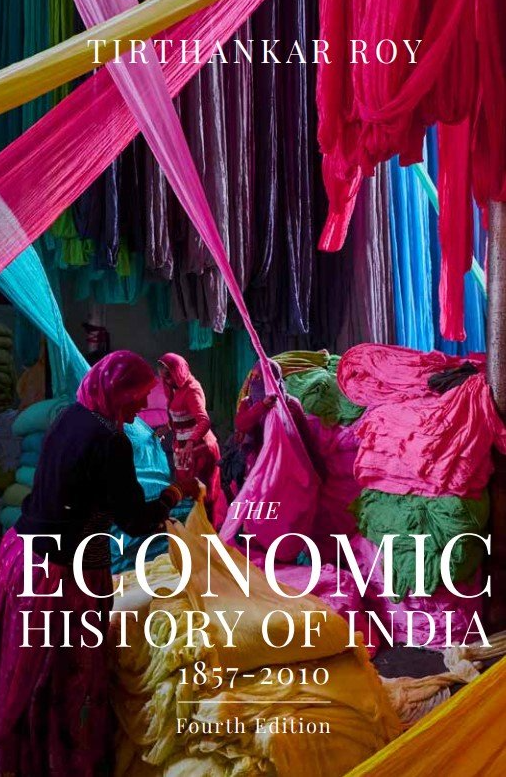This general economic history of colonial India with a chapter on the postcolonial is in its 4th edition (2000, 2006, 2011, 2020). It is an attempt to identify the right questions about the pattern of economic change in colonial India (1857-1947). What are these questions?
1. During colonial rule, average and total income in non-agricultural activities (trade, transport, industry, finance) grew much faster than those in agriculture and related fields. Why the inequality?
2. As the share of non-agriculture in income rose, employment shares did not change. Why did more poor people not move to better jobs?
3. Those who did move from the countryside to more productive work in cities were largely men. The colonial times saw an increase in gender inequality in access to good jobs, as these jobs went further away from home. Why were migration and mobility male-biased?
4. Whereas total income grew slowly (because farm income changed little), population grew faster from 1921. Why did people start living longer even as incomes did not rise much?
5. Critics of colonial rule blamed the British for not investing enough in people and not promoting industrialization. The criticism is part justified (public goods) and part misplaced (business grew). And it overlooks that the government had limited financial capacity. Why?
6. If politics matters a lot to economic change, we should expect the 550 princely states to perform differently from British India. Some did, most did not. Why the diversity of experience among princely states? Do we really have data on them?
7. Historians claim that colonial interventions made a deep impact upon the environment. So did population growth, trade and transport, urbanization, and technological shifts. How did the environment change; and to what did the change owe?
8. What elements in this history have persisted into the India of the present?
